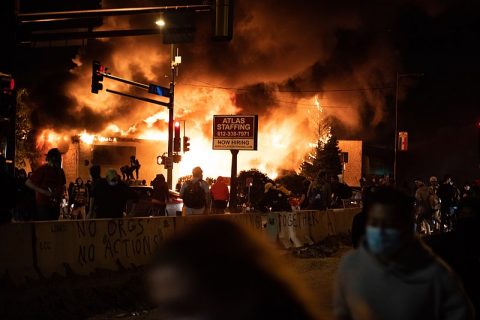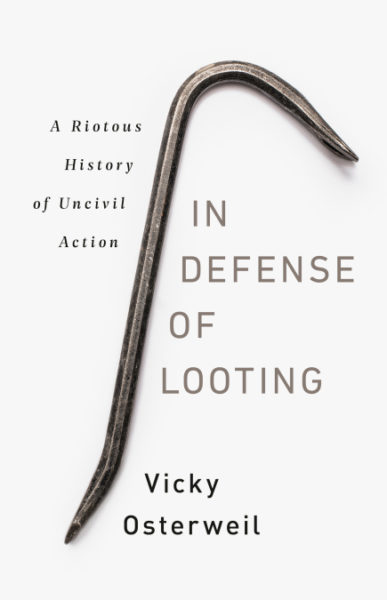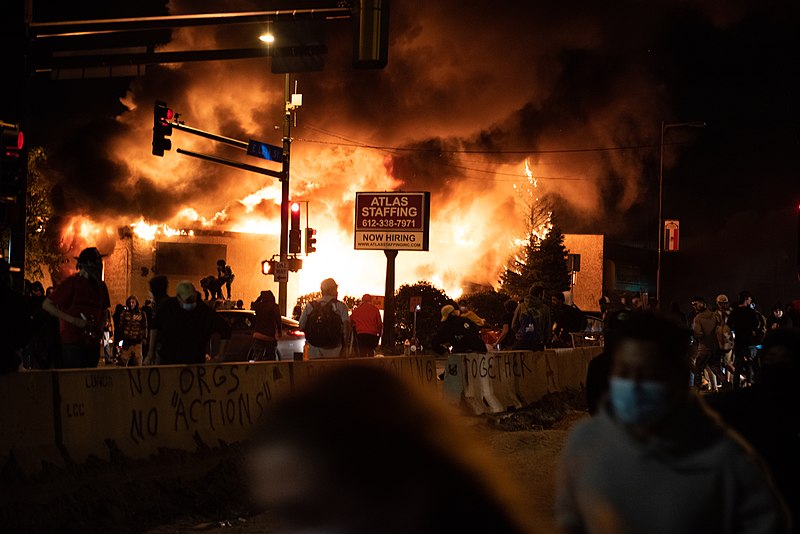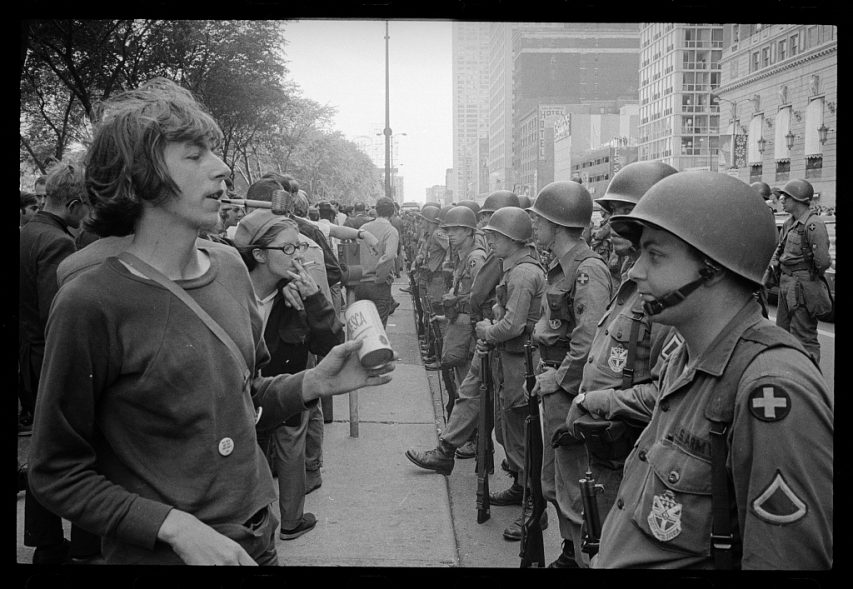In the most recent Libertarian Enterprise, Sarah Hoyt explains why the same people seem to show up at “mostly peaceful” riots protests in so many different cities and even in the rare cases they’re arrested, are quickly bailed out again:

“antifa 8973ag” by cantfightthetendies is licensed under CC BY 2.0
One of the advantages of the collectivists is that they organize like nobody’s business, while we liberty minded … Well — pats heads all around — well, you guys are adorable, but the individualists failed to organize, okay.
Now, while many of you translate this to a paramilitary clash and panic, don’t. Most of their supporters aren’t nor will they commit violence, unless the can do it when no one is looking, sneakily, and against someone old, disabled, frail or very young.
Most of their supporters are in fact the “go alongs to get along” who just want to be “nice people” by siding with lunatics who want to put a boot on their necks. Oh, they also want to be smart because their college professors told them every “very smart” person believes in Marxism. This is why at the back of their brains every single one of the infantile “activists” thinks he or she will be in charge and not one of the lumpenpoletariat. No, they have never looked at actual communist countries, and if they did, as their panic at the Xi-flu proved, they don’t get statistics or numbers at all.
So, yeah, the people they are using and weaponized-and-paid psychopaths, whom they bus from city to city. They’re armed and well organized partly because they do this all time and are given weapons and training. They’re very fearsome FOR ONE CITY AT A TIME.
In other words they are a Potemkin army, raging across the country to intimidate the citizens. Which is why they have to punish Kyle Rittenhouse, because he pierced the paper silhouette. And why blue states refuse to arrest the rioters. They have very few of them. They’re the precious.
It does work on corporations and — apparently — Supreme Court Judges who, being in a highly social profession just buy what the news tell them and don’t investigate anything for themselves.
Look, I don’t think this bullshit will hold. And it’s part of the reason I think we’re going to have a brief, intense, localized clash.
This is not the seventies. They really had a majority of the indoctrinated youth then, and the youth then were a majority. With the attendant side effect that the youth then hadn’t been raised as little emperors, because they were the all-too-precious single offspring.
Those were the real Marxist riots. This is the Memorex. And like Chinese troops clashing with Indian troops, their rank and file are more likely to cry for their mommies, if they meet real opposition.
They have the psychos they train and bus around and which have a rap sheet long as their arm, and then they have the daft survivals of the sixties, at protests with their oxygen bottles and walkers.
And they have the get alongs. Who are useless in battle, but quite good at coordinated action on other fronts.













